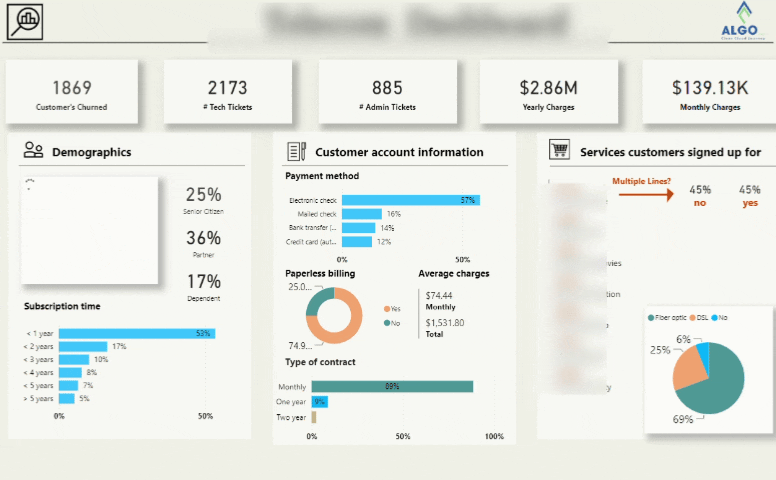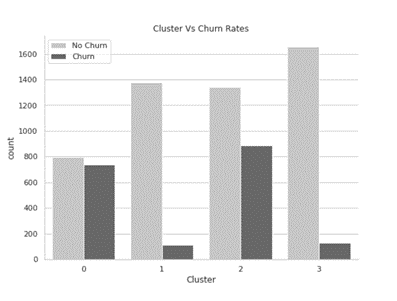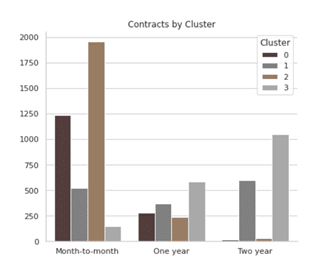Telecom
- Home / Industries /
- Telecom
Business intelligence in Telecom

Network Performance Monitoring: My dashboard provides real-time insights into network performance metrics such as latency, bandwidth usage, and uptime, enabling telecom operators to identify and resolve issues quickly to ensure uninterrupted service for customers.
Customer Engagement Analysis: It helps telecom companies analyze customer engagement metrics such as churn rate, customer satisfaction scores, and service usage patterns, allowing them to tailor marketing strategies and service offerings to meet customer needs.
Revenue Analysis: With features for revenue tracking and analysis, the dashboard assists telecom operators in monitoring revenue streams from various sources such as subscriptions, data usage, and value-added services, enabling them to optimize pricing strategies and maximize profitability.
Infrastructure Management: It visualizes infrastructure data such as tower locations, equipment status, and maintenance schedules, helping telecom operators efficiently manage their physical assets and plan for future expansions or upgrades.
Compliance Monitoring: The dashboard includes tools for monitoring regulatory compliance requirements such as data privacy laws and spectrum licensing regulations, ensuring that telecom companies operate within legal and ethical boundaries.
AI in Telecom
Customer churn refers to discontinuing telecom services. Telecom operators utilize machine learning algorithms to predict churn by analyzing customer data, usage patterns, and competitor offerings. Reducing customer churn is vital for telecom companies as it affects revenue, market share, and customer loyalty. By implementing targeted retention strategies and proactive customer engagement, operators can strengthen customer relationships, improve satisfaction, and enhance competitiveness in the market.
This AI application involves deploying chatbot systems to facilitate customer interactions and support in the telecom industry. Chatbots utilize natural language processing and machine learning techniques to understand and respond to customer queries. Providing excellent customer service and support is crucial for telecom companies. AI-powered chatbots enable efficient and personalized interactions, offering 24/7 support, reducing response times, and improving customer satisfaction. Chatbots also free up human agents to handle more complex issues, optimizing resource allocation and enhancing the overall customer experience.
Customer segmentation plays a vital role in the telecom sector by dividing the customer base into distinct groups based on relevant characteristics such as usage patterns, demographics, preferences, and behaviors. Leveraging AI and data analytics, telecom companies can analyze large datasets to identify commonalities and differences among their customers. This segmentation enables telecom operators to deliver personalized services, targeted marketing campaigns, and tailored customer experiences. By understanding the unique needs and preferences of different customer segments, telecom companies can optimize resource allocation, improve customer satisfaction, and drive customer loyalty. Customer segmentation in telecom empowers operators to offer customized solutions, enhance customer engagement, and maintain a competitive edge in a rapidly evolving industry.
The graph presented illustrates the segmentation of customers into four distinct groups using a machine learning algorithm. Within each group, the analysis reveals the count of churn and non-churn customers. It is evident that groups 0 and 2 exhibit higher churn rates compared to groups 1 and 3. Consequently, the company should formulate strategic plans and decisions specifically targeting groups 0 and 2 to mitigate the churn rate effectively.
Taking a closer look at the different customer groups, we can see how the types of contracts affect them. In the chart Above, we have three kinds of contracts: month-to-month, one year, and two years. Each group has customers from these contract types. Interestingly, the month-to-month contracts have the most customers who end up leaving (we call them churn customers), especially in groups 0 and 2. Knowing this, the company can make important decisions to keep these customers happy. They might offer better deals for longer contracts, make the month-to-month plans more appealing, or give special offers to customers in groups 0 and 2. These actions can help prevent customers from leaving and make them stay with the company longer.
Leveraging the Full Potential of Your Cloud Investment



